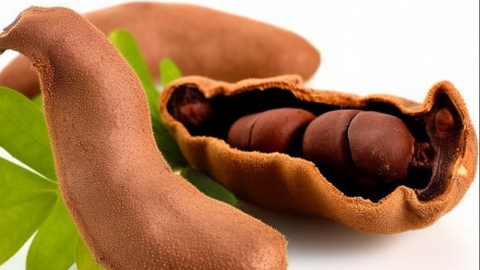Can children with epilepsy eat tamarind?
Generally, children with epilepsy can consume tamarind, but it should be done in moderation. Detailed analysis is as follows:

Tamarind is rich in amino acids, organic acids, and calcium, which can promote digestion and absorption, helping to relieve loss of appetite caused by long-term medication or the disease itself in children with epilepsy. Children with epilepsy often experience emotional issues such as anxiety and depression. The organic acids in tamarind can promote dopamine synthesis and release in the brain, assisting in improving emotional well-being. Tamarind has a neutral property with a sour and sweet taste, entering the liver and kidney meridians. It functions to strengthen the spleen and stimulate the appetite, aid digestion, and regulate liver qi, thereby alleviating symptoms such as nausea, vomiting, and abdominal distension caused by epilepsy.
However, it should be consumed in moderation. Excessive intake may irritate the gastric mucosa due to organic acids or cause blood sugar fluctuations from excessive sugar intake, indirectly increasing the risk of seizures. Some children may be allergic to tamarind, experiencing adverse reactions such as rashes and itching. When trying tamarind for the first time, only a small amount should be consumed, and if no abnormalities occur within 24 hours, normal consumption can proceed.
The diet for children with epilepsy should primarily consist of high-calorie and easily digestible foods. Tamarind can be used as a supplementary ingredient but should not replace staple foods or medications. Parents should closely monitor changes in the child's condition after consuming tamarind, including seizure frequency and symptom severity, and attend regular follow-up appointments to adjust the treatment plan as needed. When consuming tamarind, avoid eating it with spicy, greasy, raw, or cold irritating foods to prevent increased gastrointestinal burden or triggering of epileptic seizures.





